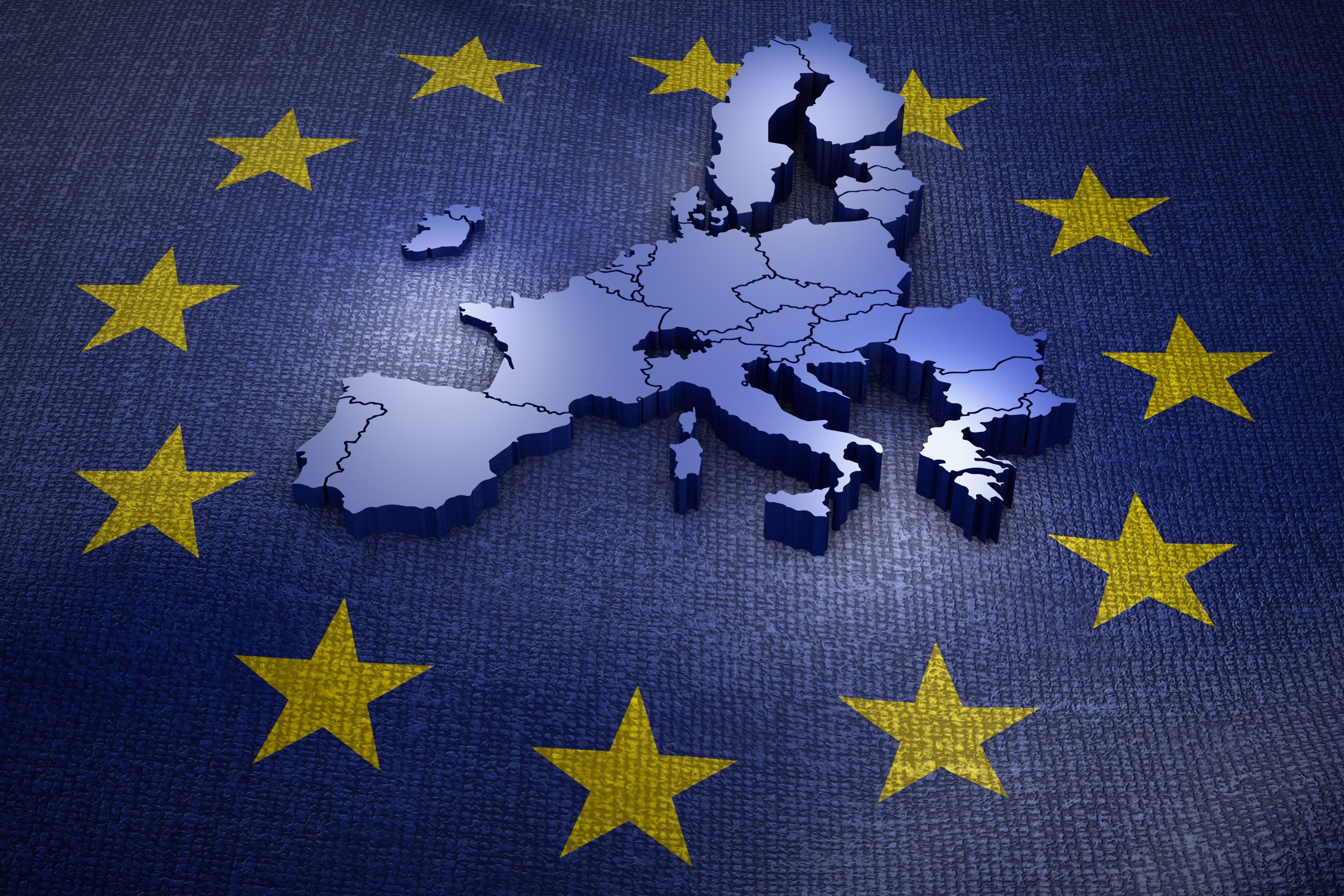The EU’s search for strategic autonomy
As the Covid-19 pandemic and the subsequent Russian invasion of Ukraine have fundamentally altered the dynamics of economic integration, and the rivalry between the US and China increasingly points towards a tectonic shift from the multilateral rules-based trading system, strategic autonomy has taken centre stage in EU policy discourse as a potential redress to the risks stemming from this shift. But what is it? And what does it actually imply?
The EU’s pursuit of strategic autonomy fundamentally requires reducing reliance on other nations. Plunging headlong into a flurry of protectionist policies, however, will not ensure economic security, nor future prosperity. On the contrary, it will contribute to a global trading system that is even more fragmented, in clear contrast to long-standing EU strategic goals. Crucially, strategic autonomy implies maintaining global partnerships and striking a fine balance between openness and security of supply.
There is a combination of policy options – with different degrees of government intrusion in the economy – and policy trade-offs that can be pursued. Diversifying the supplies of products, services, and investments should be the first solution pursued to reduce dependencies. For strategic sectors where diversification may not be sufficient nor possible, public intervention should be considered..
This task raises two questions for the EU and national governments. First, what is strategic? The answer will define the scope of the policy intervention. Second, how do we deal with the chosen policy intervention’s monetary and redistribution costs?
As this CEPS Explainer highlights, to really answer these questions, the objective and the scope of strategic autonomy should be much better defined and its costs and benefits carefully assessed.


